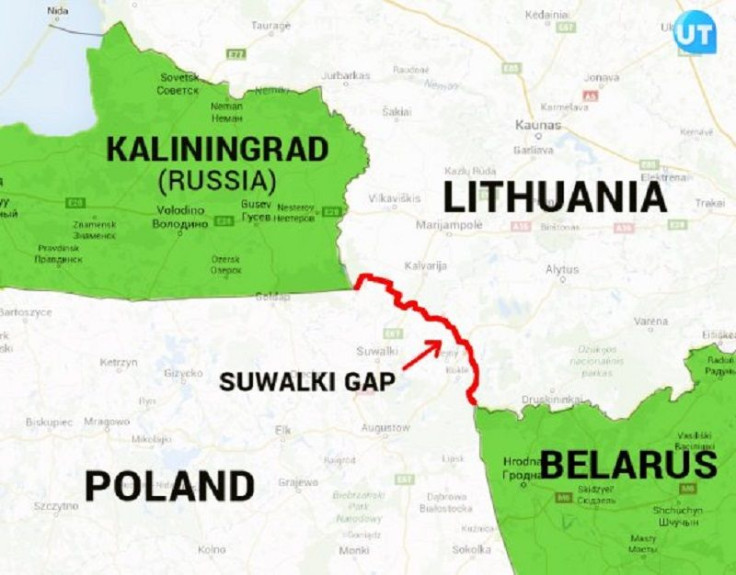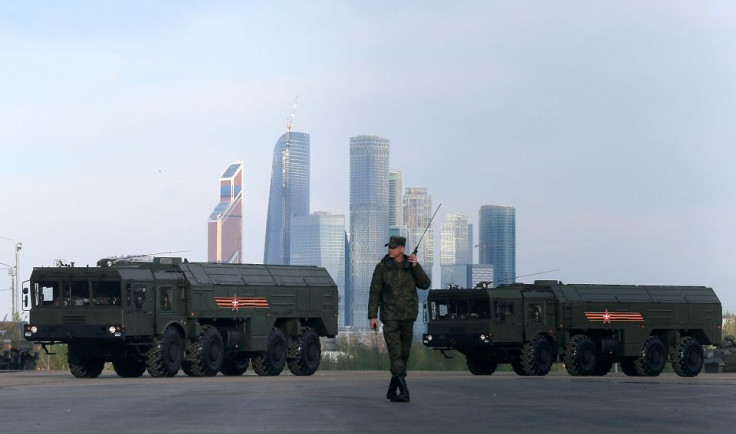World War III Update: Global war could start in Suwalki Gap, a territory separating Poland from Lithuania

On Friday, Nov 4, global attention would be on the Syrian city of Aleppo as the 7 pm deadline officially ends the ceasefire declared since Oct 18 by Russian President Vladimir Putin. It is also the deadline for rebels and residents to leave the city which would be vulnerable to air and land attacks if Putin gives the go signal, possibly triggering World War III.
However, in a CNN article, David Andelman, editor emeritus of World Policy Journal, raises the possibility that the next global war could begin at the Suwalki Gap. It is a vulnerable spot stretching 60 miles and with a critical rail line which separates Poland from Lithuania. Suwalki Gap also links Kaliningrad in Russia with Belarus, a staunch ally of Putin.
The region could test if the US would come to the defence of the Baltic republics and where a shootout between NATO and Russia could begin, Andelman writes. In August, outgoing US Vice President Joe Biden visited Latvia and met with the presidents of Latvia, Estonia and Lithuania to assured them of American military support in case of a Russian attack.
Amid a suggestion from Republican presidential candidate Donald Trump that Washington may not help every NATO nation attached unless these countries contribute more toward NATO, Andelman stresses it is imperative for the US to see the defence of these three Baltic democratic nations. He points out the three states are likely Putin’s next target.

He notes Russia has positioned a battery of intermediate-range Iskander-M missiles with a range of more than 300 miles in Kaliningrad. Andelman adds Russia’s Baltic fleet has a regular presence in the region and Moscow’s most advanced fighter aircraft buzz American vessels in the area and violate as well Estonia and Finland’s airspace.
Besides the Baltics, international affairs book author Jonathan Marshall, in an article on National Interest, suggests World War III could begin in Syria or even the South China Sea. The Persian Gulf is also a hotspot with the US Navy logging 19 dangerous confrontations with Iranian vessels during the first six months of 2016.
In October, the USS Decatur, a guided missile destroyer, sailed close to the Paracel Islands in the South China Sea which led China’s Defence Ministry to protest the American vessel’s presence in the area. Also in summer, in less than one month, Chinese fighter jets intercepted US Air Force RC-135 spy jets two times off China’s coast.






